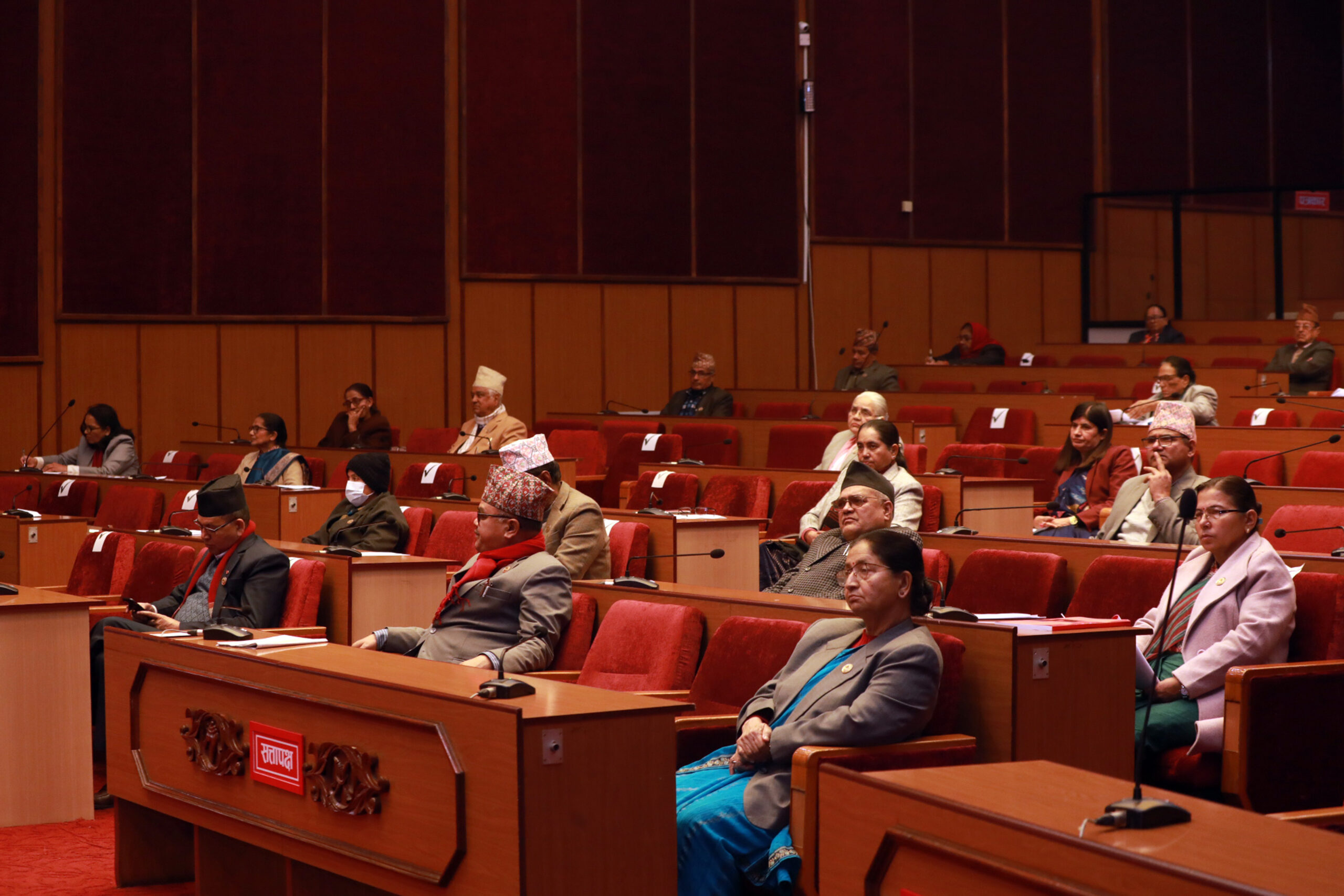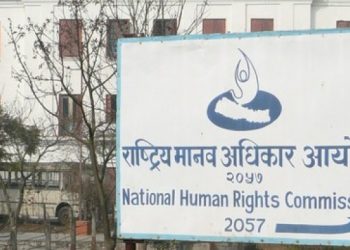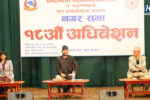KATHMANDU: A significant shift in the political landscape of the National Assembly (NA) has occurred following the latest election results.
The Maoist Center has now ascended to become the leading party in the National Assembly.
In Thursday’s elections for 19 seats, 5 candidates from the Maoist Center secured victory, marking a pivotal moment in the party’s influence.
Meanwhile, the Nepali Congress saw the election of 10 representatives, with two and one from the Unified Samajwadi Party and Janata Samajwadi Party, respectively.
The Maoist Center, now boasting a total of 15 members, including the Vice Chairperson, is set to reinforce its dominance with 5 additional elected members, positioning the party as the largest in the National Assembly with a total of 17 MPs.
Nepali Congress, holding 10 seats currently, will experience a shift in dynamics as 4 members are set to leave on March 3.
Despite gaining 10 new members Thursday, the party will settle as the second-largest, with a total of 16 seats.
The Unified Socialist Party, currently represented by 8 members, will maintain its standing despite the departure of two MPs in March.
The UML, once comprising 17 National Assembly members, faced a setback as the tenure of 8 members expires on March 3.
Despite winning an MP in the election, the UML’s struggle to secure seats is evident, now holding 10 MPs and ranking as the third-largest party in the National Assembly.
Janata Samajwadi Party’s Pramila Kumari Yadav’s presence in the National Assembly remains unchanged, as one new member was elected today.
Loktantrik Samajwadi Party also maintains a presence in the National Assembly with one MP, contributing to the diverse representation of seven parties in the upper house.
Thursday’s recent election results have not only redefined the party equation but have also shaped the composition of the National Assembly in Nepal.









Comment